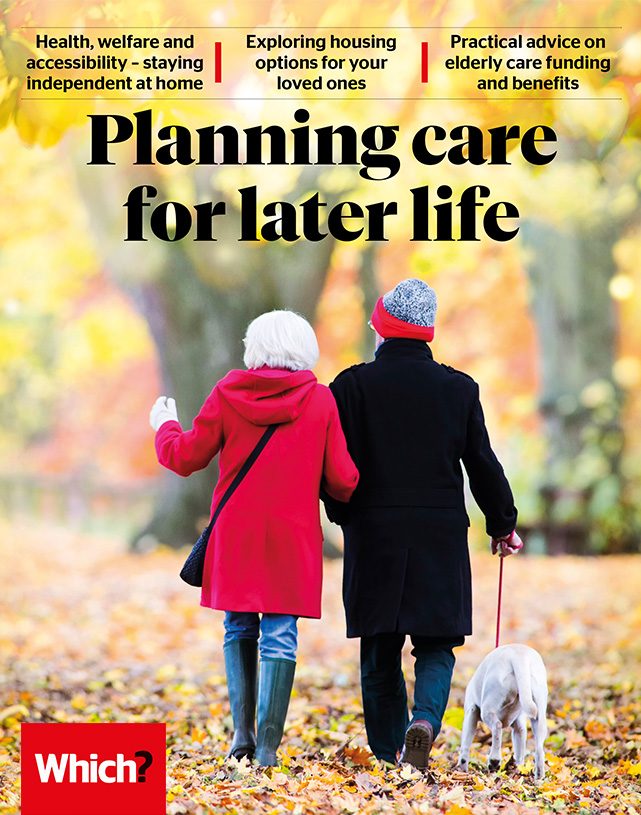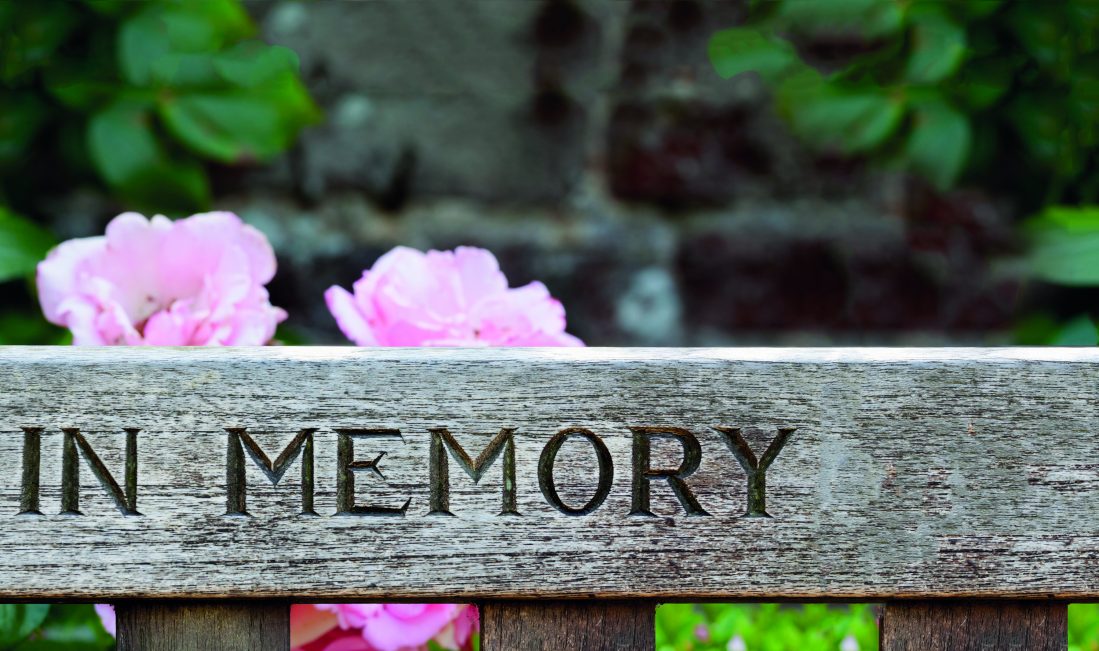User guide
Finding your way around the guide
To navigate between pages, click or tap the arrows to go forwards to the next page or backwards to the previous one. The arrows can be found either side of the page and at the bottom, too (circled in green, below).


Menu/table of contents
Click or tap on the three horizontal lines in the top-right of your screen to open the main menu/table of contents. This icon is always visible whether you're using a computer, tablet or smartphone. The menu will open on top of the page you’re on. Click on any section title to visit that section. Click the cross at any time to close the table of contents.
Text size
On a computer, you'll see three different sized letter 'A's in the top-right of your screen. On a smartphone or tablet these are visible when you open the menu (see above). If you’re having trouble reading the guide, click or tap on each of the different 'A's to change the size of the text to suit you.
Pictures
On some images you'll see a blue double-ended arrow icon. Clicking or tapping on this will expand the picture so you can see more detail. Click or tap on the blue cross to close the expanded image.
Where we think a group of images will be most useful to you, we've grouped them together in an image gallery. Simply use the blue left and right arrows to scroll through the carousel of pictures.
Links
If you see a word or phrase that's bold and dark blue, you can click or tap on it to find out more. The relevant website will open in a new tab.
Jargon
If you see a word or phrase underlined, click or tap on the word and small window will pop up with a short explanation. Close this pop-up by clicking or tapping the cross in the corner.
Help
On a computer, you'll see a question mark icon in the top-right of your screen. On a smartphone or tablet this is visible when you open the menu (see above).
Clicking or tapping on the question mark will open this user guide. It opens on top of the page you're on and you can close it any time by clicking or tapping the cross in the top-right corner.

Dealing with the death of a loved one
The death of a loved one affects everyone differently. Some people like to keep busy with useful tasks, while others need more time before dealing with the practicalities. Either way, knowing what’s coming can be a real help.
First steps
What happens immediately after someone dies will depend on the cause of death and where your relative died.
- If the death was expected and the cause of death clear, the process should be quite straightforward. You will need to get a medical certificate, register the death and start making funeral arrangements.
- If the death was unexpected and the cause of death unclear, a coroner will be called and they will deal with the necessary paperwork. You may need to wait a little longer before you can finalise the funeral arrangements.
Before you are able to register the death of a relative, a doctor has to issue a certificate that confirms the cause of death.
Organising a funeral
Most bereaved families choose to use a funeral director to make practical arrangements on their behalf. A good funeral director ensures that the whole process runs smoothly, helps a family think through their choices carefully and is a source of expertise, which can be comforting at such a difficult time.
You can choose to organise a funeral yourself without paying a funeral director. The local council’s Cemeteries and Crematorium department can help you arrange a cremation or burial. The Natural Death Centre offers advice on all aspects of a funeral, including the practicalities of making your own arrangements, as well as green burials.
Our articles on funeral arrangements offer lots more advice on the process – from the questions you should ask a funeral director to the costs you can expect to face.
Is a funeral plan worth it?
According to industry projections, the average cost of a funeral is likely to be almost £5,000 by 2022. At its simplest, a funeral plan allows you to pay upfront, so that your relatives don’t have to fund this themselves – although they are allowed to pay for your funeral using money from your estate as soon as you die. You can buy a funeral plan from either a specialist provider or a funeral director. You can either pay a lump sum or monthly instalments, usually over a period of one to 10 years. One-off payments usually range between £3,000 and £4,000.
Other ways to finance a funeral
- An over-50s insurance plan pays out a fixed lump sum to your family when you die, but these plans do have some drawbacks. For instance, most don’t increase with inflation. Also, a £10-a-month policy set up with Aviva at age 50 would pay out £2,767 but, by the age of 73, you would have already paid this much in premiums.
- Funeral costs can also be paid from your estate after you die. Banks will normally release funds if supplied with a death certificate and an itemised bill from a funeral director.
- It may be possible to get help from the government if the person who died hasn’t left enough money to cover the costs, and whoever’s arranging the funeral gets certain benefits or tax credits.

The probate process
Probate is the process of sorting out somebody’s estate – their property, money and possessions – after they have died. In Scotland, it’s called confirmation.
- If the person who has died has made a will, it should name an individual (or individuals) responsible for dealing with the estate.
- If there’s no will, the deceased’s next of kin will usually have to apply for a legal document (‘letters of administration’) that permits them to administer the estate, according to specific rules (the ‘rules of intestacy’).
Plenty of people choose to carry out probate themselves, avoiding the expense of a solicitor. But, unless the estate is relatively straightforward, the process can be complex and daunting.
There are four main stages to the probate process:
- Assess the total value of the estate, and whether it’s liable for inheritance tax (IHT).
- Apply to the probate registry for a grant of probate, and submit an IHT form to the tax office.
- Pay any IHT that’s due, and swear an oath at the solicitor’s office or probate registry.
- Administer the estate by gathering in the assets, paying off any debts, and distributing what’s left according to the will (if there is one) or the rules of intestacy, if there is no will.
As of April 2019 there is a new probate fee structure, with estates worth less than £50,000 paying nothing. Estates worth between £50,000 and £300,000 will be charged £250, while the maximum charge is £6,000 for estates worth £2 million or more.
If you opt for DIY probate, Which? Legal can help guide you through the entire process. Your fixed monthly fee includes one-to-one help from our trained probate specialists. As a Which? Legal member, you can access legal support by phone or email as often as you like.

